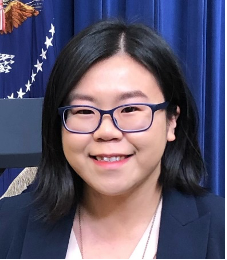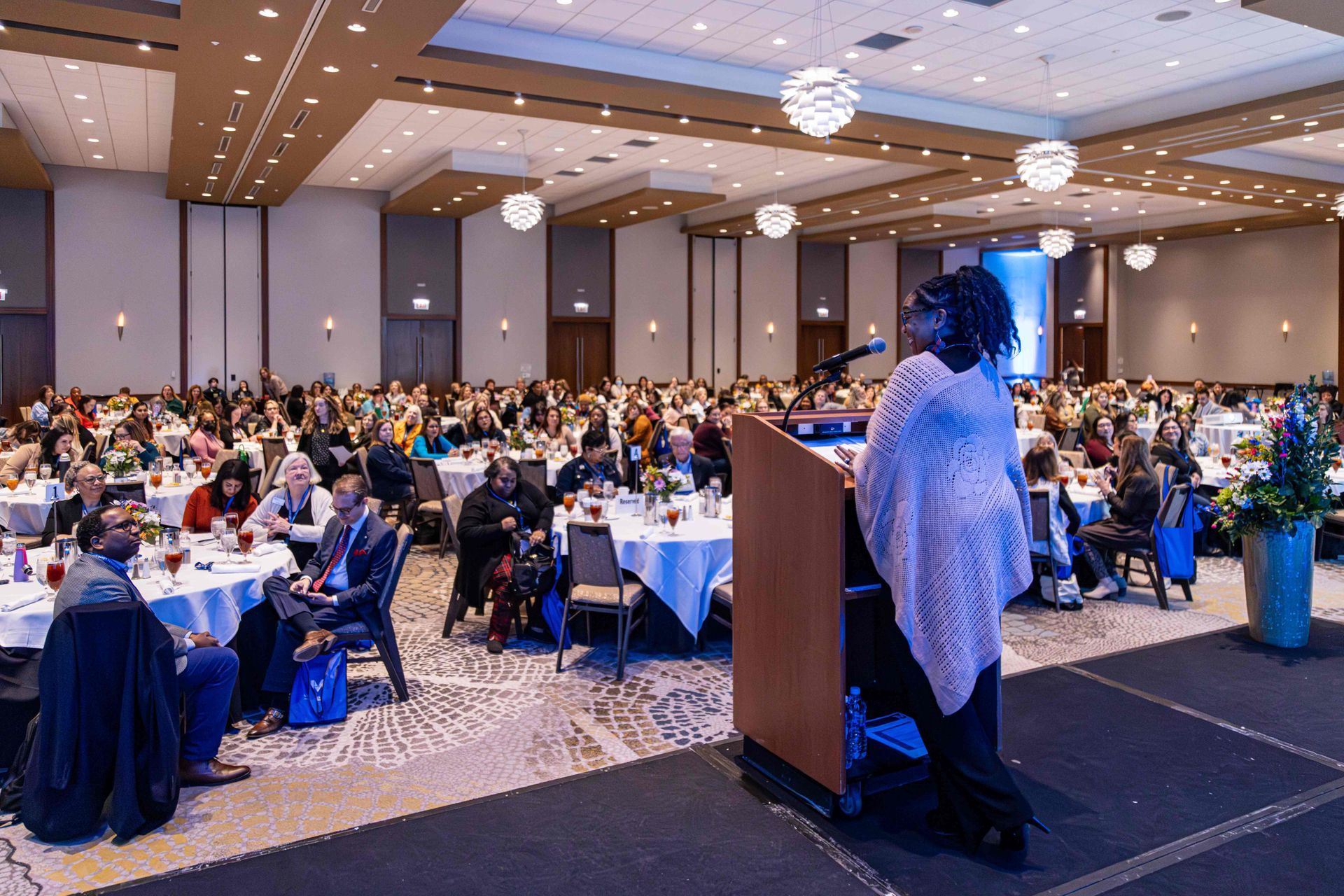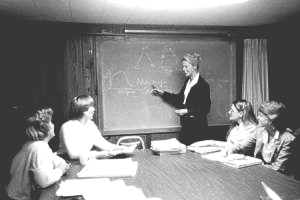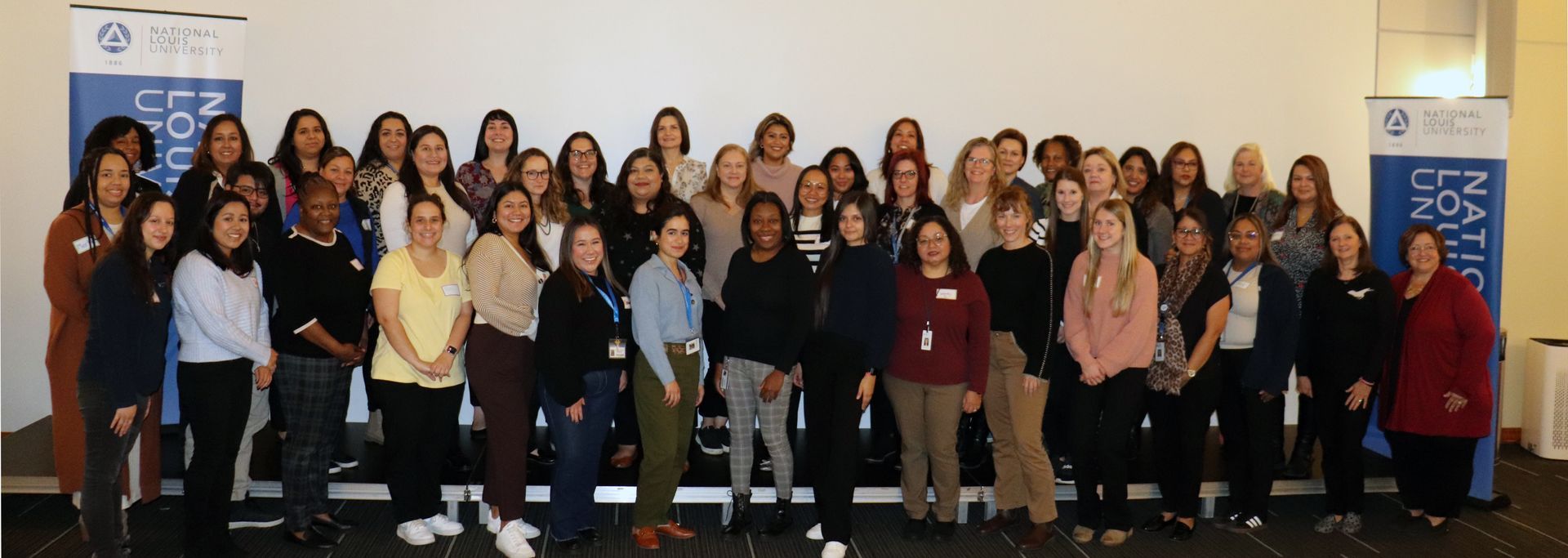By Yvonne Williams
•
October 7, 2025
by yvonne williams “The idea of mixed-age groups, the notion of a blended family that’s born out of a family childcare program where you are around people… you learn from the older [children], and you get to interact with younger” (Williams, 2023, pp. 75-76). Family Child Care (FCC) programs are unique in their ability to care for children of varied ages in the same learning environments. Research has noted that blending children of different ages, including siblings, and using a home-based child care supports the development of building social skills and the ability to self-regulate; together they are key for preparing for school (e.g., Porter et.al., 2010; Williams, 2023). These arrangements create environments where children naturally support and learn from one another throughout the day, enriching the overall learning atmosphere and building critical foundations for future learning. The ability to offer mixed-age group care and education offers families a number of advantages: siblings remain together in one familiar setting, parents and the provider are able to sustain a long-term partnership, and families gain a sense of extended support by developing rich relationships with other children and families in the program. Mixed-age environments naturally allow older children to take on leadership roles. Younger children benefit from this by observing and learning new skills. All children gain from interacting with peers at various developmental stages, while also experiencing continuity of care with the provider. Since the FCC provider remains both educator and caregiver for many years, they also experience important benefits: deeper relationships with children, less pressure to constantly enroll and onboard new families, and a stronger sense of community with families. The capacity to offer care to mixed age groups is anchored in the FCC environment, a cornerstone of quality in home-based care. I saw this firsthand in my own research, which identified three foundational pillars for effective FCC programs: the provider, the business, and the environment. (Williams, 2023). An intentionally structured environment that safely accommodates mixed ages is often foundational to high-quality family child care, not an afterthought. Although there are many benefits to mixed-age groups, managing mixed-age groups presents unique challenges for FCC providers. These include balancing the developmental needs of children at different stages, ensuring appropriate supervision, and creating an inclusive learning environment that caters to all age groups. Providers often report that the organizational structure of FCC settings, such as mixed-age groups and balancing multiple roles, can be perceived as challenges when implementing responsive feeding and other evidence-based practices. Technical Assistants (TA) play a vital role in supporting FCC providers by offering personalized strategies and resources to address the complexities of mixed-age group settings. The most helpful technical assistance comes when people ask many questions instead of being told what to do. This helps them learn, try things out, and grow independently. I recently returned from leading a Transformative Technical Assistance (TTA) institute in New York, where a colleague and I provided training to specialists who coach both family child care and center-based programs. At our TTA Institute , we emphasize that TAs should ask insightful questions instead of immediately giving answers. This approach nudges providers into deeper thinking and gives them ownership, allowing them to uncover strategies that truly matter to them and stick over time. Below are three broad topics related to mixed-age groups, reframed as open-ended questions to help providers think deeply, act with intention, and create solutions tailored to their own programs. When asking your questions, make sure to frame open-ended questions in ways that will help the provider reflect on their practice, explore possibilities, adapt what they do, and grow stronger rather than simply accept someone else’s fixed advice. Here are three areas that include questions that may be helpful when supporting family child care professionals: Implementing Developmentally Appropriate Practices To help a provider explore ways to support their routines and interactions to meet the diverse developmental stages of children in mixed-age groups, you might ask: In what parts of your daily schedule do you see infants’ developmental needs being limited by the group dynamics or materials used? This is especially helpful when working with a provider who cares for infants along with older children. How might you adapt daily transitions or caregiving routines (feeding, diapering/toileting, naps) so that infants’ developmental needs are better honored, while also supporting the older children in the same mixed-age group? Enhancing Classroom Management To brainstorm strategies to maintain a harmonious and productive environment that accommodates various age groups, you might ask: In what ways could you change your interactions, routines, or choice of materials so that infants experience less stress and fewer behavioral challenges, while older children remain engaged and valued every day? How might you design the physical layout or daily schedule so infants have freedom to explore safely, and older children can participate in age-appropriate activities without causing overload or disruption? Promoting Inclusive Practices To examine practices that ensure that all children, regardless of age or ability, have access to meaningful learning experiences, you might ask: How might you adapt your daily routines and caregiving interactions so that every infant, regardless of ability or background, feels included, valued, and has opportunities to explore and learn? What changes could you make to the materials, space, and interactions in your infant room so that infants at different developmental stages, with varied needs, or who speak other languages can all participate meaningfully? By embedding these strategies that lead to rich dialogue and discovery, Technical Assistants help providers create learning environments that are both engaging and responsive, ones that truly foster growth and development for all children. As the landscape of early childhood education continues to evolve, ongoing support through TA remains essential in promoting the success and sustainability of Family Child Care programs. References Porter, T., Paulsell, D., Del Grosso, P., Avellar, S., Haas, R., & Vuong, L. (2010). A review of the literature on home-based child care: Implications for future directions, Princeton, N.J.: Mathematica Policy Research Report . Williams, Y. S. (2023). Exploring attitudes of four groups of stakeholders toward family childcare and recommending best practices to promote positive experiences (Doctoral dissertation). National Louis University.







